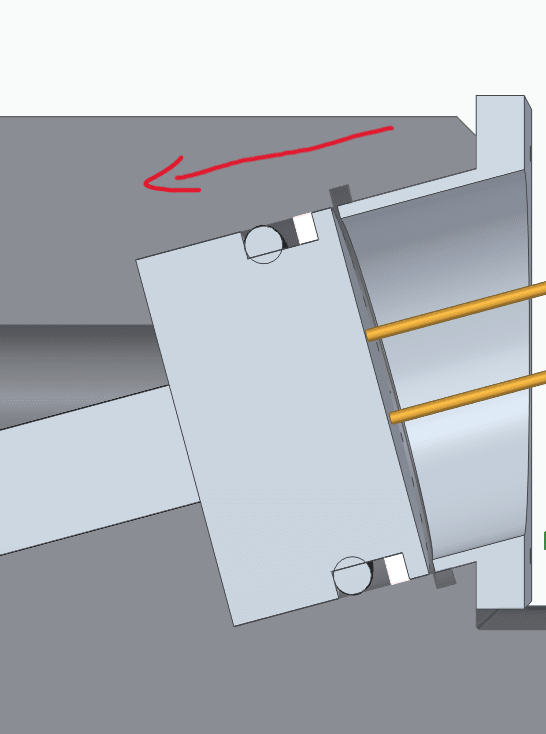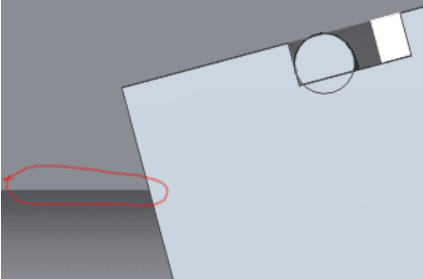MechEMines
Mechanical
- Jun 5, 2023
- 6
So I have this odd size port for a transducer that is 0.5906in diameter. I need a way to keep the transducer in this port since it will be measuring considerable pressures: rated to 10k psi. I can get a retaining ring - but I was thinking I could also do something a little more robust like a threaded retaining ring or a bolt with a thru port for the wires to reach the PCB, but I'm struggling finding the right size... do I just need to have a custom bolt created? Any recommendations are very welcome. Thank you in advance for reading.




![[laughtears] [laughtears] [laughtears]](/data/assets/smilies/laughtears.gif)
